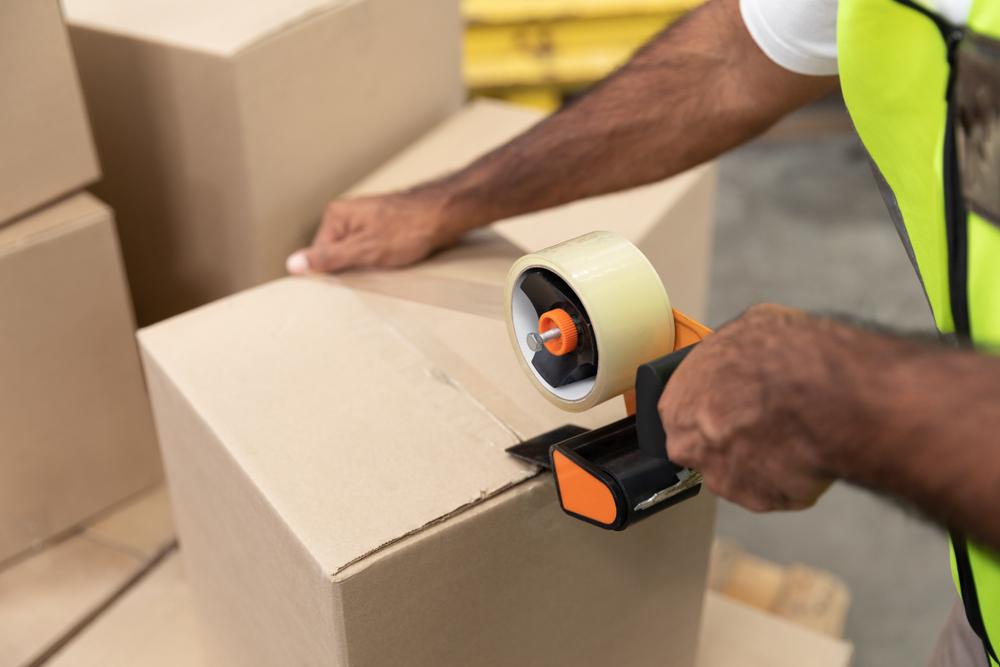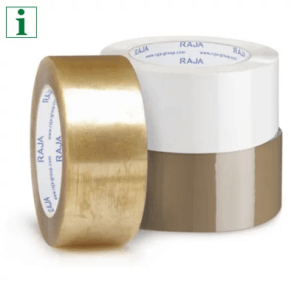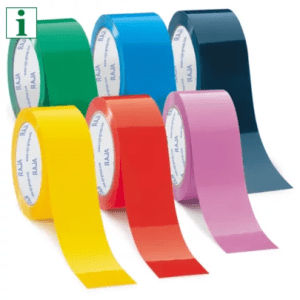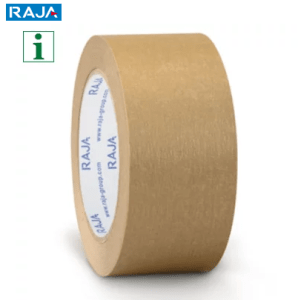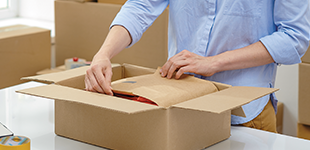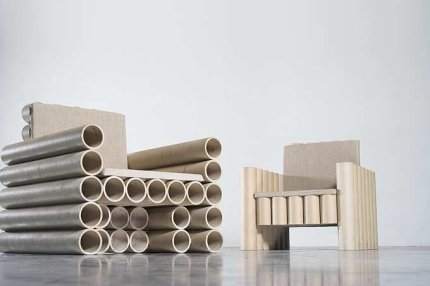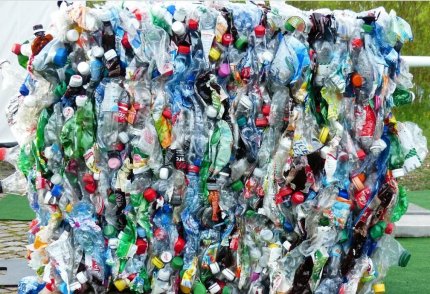We talk about cardboard boxes an awful lot, void fill gets it’s due, but we don’t often talk about the unsung third hero of every packaging operation: Tape.
But what sorts of tape are there and what are the advantages and disadvantages of each? We’ve put together a helpful guide to the three most common types of tape.
Types of adhesive tape
All tapes are made of a backing material and adhesive. The backing material has the task of carrying the adhesive mass and the bonding agent. It thus also determines the tear strength and stretchability of an adhesive tape. Where, how long, on which surface, and for which purpose the tape is used determines which backing material is suitable.
The most common types of adhesive tape for packaging are film tapes made of PP (polypropylene backing) or PVC (polyvinyl chloride backing) and paper tapes (paper backing). In addition, there are other backing materials such as cotton, non-woven and viscose for fabric tapes and metal (e.g. aluminium adhesive tape) for adhesive tapes that are primarily used in industry, trade and construction. Each of the three common types have their own pro’s and con’s which are:
PP (polypropylene) Tape
Advantages
- tear-resistant
- high instant adhesion
- cost-effective
- easy to unroll
- available with hot melt, acrylic or natural rubber adhesive
- high transparency
Disadvantages
- not good permanent adhesion
- noisily unrolling (but: as low noise version also quietly unrolling)
Range of application
- for light to medium weight cartons which are not stored
PVC (polyvinyl chloride)
Advantages
- very tear resistant
- very durable
- quiet rolling
- moisture and temperature resistant
- good printability
Disadvantages
- lower environmental compatibility
- more expensive than PP and paper
Range of application
- for medium to heavy cartons
- also suitable for storage
Paper
Advantages
- environmentally friendly as 100 % recyclable
- very good immediate and permanent adhesion
- quiet unrolling
- easy to unroll
- wet adhesive tape* has high tear strength even with temperature fluctuations
- can be torn off by hand
Disadvantages
- low elasticity
- not transparent
Range of application
- light to medium weight cartons
- thread-reinforced also for heavy cartons
*Wet adhesive tape is a packaging tape made of paper with an odourless adhesive (plant glue) that is activated with water. This creates such a strong bond that the tape cannot be removed from the cardboard without being seen. The tape is recyclable, insensitive and holds even on dusty surfaces. It can only be used in conjunction with a manual or electronic tape dispenser with a water reservoir that moistens and cuts the tape strips.
We hope that has helped introduce you to the different types of tape out there. With the help of the biro test, it is easy to determine whether it is a PP or PVC tape. To do this, stick the end of the tape to the edge of a table, unroll it and stretch it slightly. Now prick the stretched tape with a biro. If the tape tears, it is a PP tape, but a hole is created around the PVC tape.







